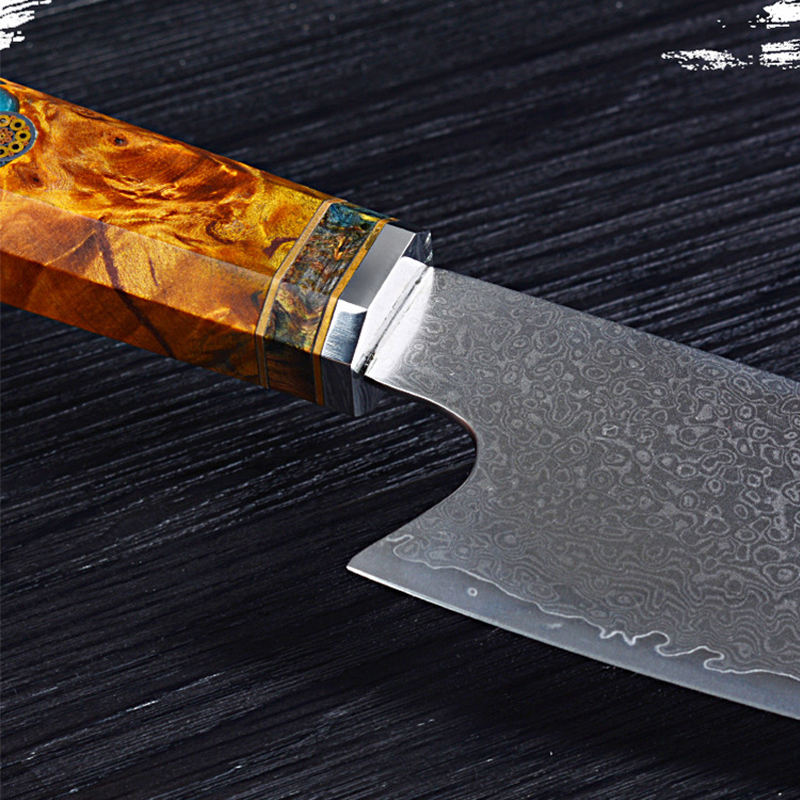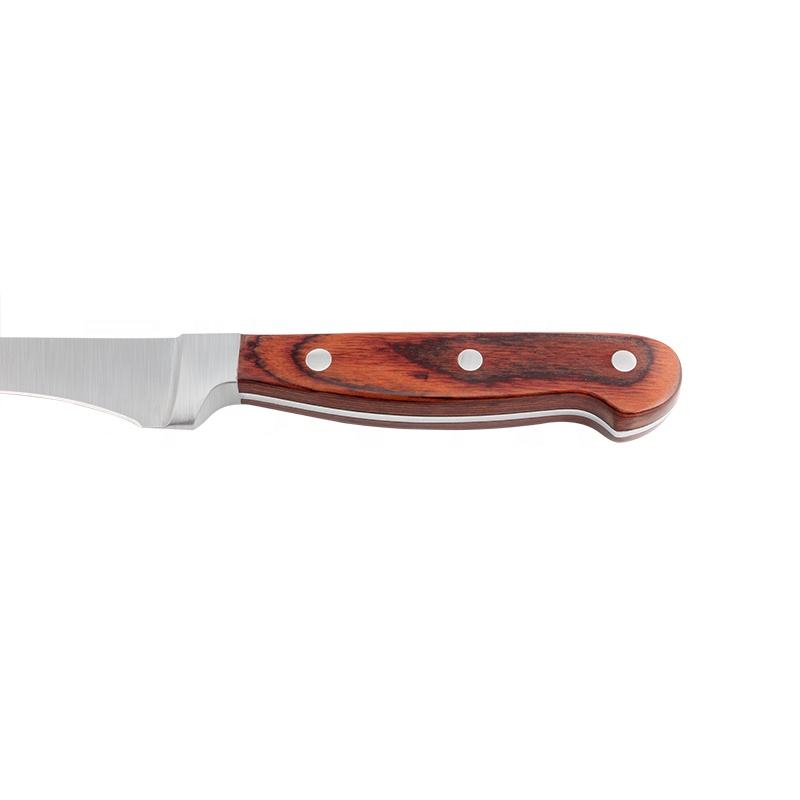When it comes to crafting tool handles that withstand the rigors of time and heavy use, the choice of wood is paramount. In this guide, we offer a wealth of expert advice to guide you through the process of selecting the ideal wood for crafting durable tool handles. Whether you’re a seasoned woodworker or a beginner, these tips will empower you to make informed decisions that result in tools you can rely on for years to come.
- Understanding Wood Properties for Handle Durability
- Exploring the specific characteristics that contribute to wood’s suitability for tool handles.
- Discussing factors such as hardness, grain orientation, and resistance to impact.
- Striking the Balance: Strength and Flexibility in Wood Selection
- Unveiling the delicate equilibrium between a handle’s strength and its ability to absorb shock.
- Highlighting wood species that offer the right combination for lasting tool performance.
- Decoding Hardwoods vs. Softwoods: Which to Choose and Why
- Analyzing the merits and drawbacks of hardwoods and softwoods for tool handles.
- Offering insights into the strengths each type brings to different types of tools.
- Combatting Wear and Tear: Woods Resistant to Friction
- Identifying wood species renowned for their exceptional wear resistance.
- Recommending these woods for tools subjected to high levels of friction and abrasion.
- Taming Moisture: Wood Choices to Counteract Swelling and Shrinking
- Delving into how different woods react to humidity changes.
- Suggesting wood species that are less prone to swelling and shrinking, ensuring handle integrity.
- Top Wood Picks for Handles: A Deep Dive into Select Species
- Exploring popular wood choices like hickory, ash, and oak for tool handles.
- Detailing the specific attributes that make each species suitable for particular tools.
- Exotic Woods: Balancing Aesthetics and Functionality
- Venturing into the realm of exotic woods and their potential for tool handles.
- Discussing the intersection of visual appeal and practical considerations.
- Local and Sustainable: Prioritizing Eco-Friendly Wood Selection
- Highlighting the importance of sustainable wood choices for ethical crafting.
- Spotlighting locally available woods that excel in both durability and environmental responsibility.
- Tool-Specific Recommendations: Matching Wood to Purpose
- Tailoring wood suggestions to various tools, from chisels to mallets.
- Providing insights into how wood properties enhance tool performance.
- Trial and Discovery: Experimentation in Wood Selection
- Encouraging a spirit of experimentation when testing different wood species.
- Sharing expert guidance on evaluating wood performance through hands-on experience.
Conclusion: Crafting tool handles that endure requires a fusion of knowledge, experience, and an understanding of wood’s intrinsic properties. Armed with these expert tips, you’ll confidently navigate the world of wood species, making choices that result in tool handles built for longevity and dependability. Remember, the right wood is the foundation upon which you’ll build tools that not only serve you but also carry a piece of your craftsmanship into every task.


